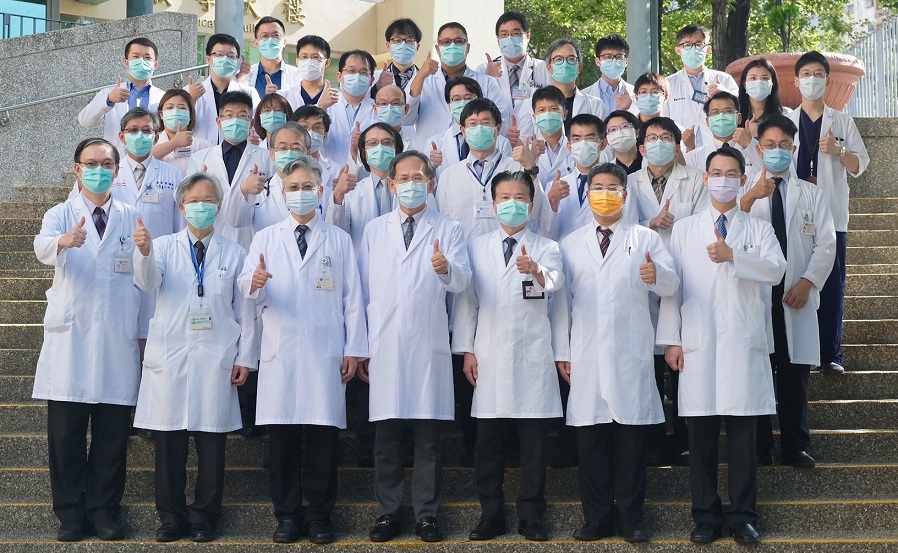 What's New
What's New
 Online Registration
Online Registration
 Patient Guide
Patient Guide
 Features
Features
 Honors
Honors
 Health Examination
Health Examination
 Stories
Stories
 International Medical Service Center
International Medical Service Center
Division of Cardiac Electrophysiology
 2022/10/13 21:36:43
2022/10/13 21:36:43
 2196
2196
Division of Cardiac Electrophysiology

Introduction
Electrophysiology, a subspecialty of cardiology, is the study of electrical activity in the heart. It is a rapidly growing field on the forefront of discovering cures and new treatments for all forms of arrhythmias. Over the past two decades, tremendous advances have been made in understanding the mechanisms of cardiac arrhythmias. In the 1980s, a treatment called catheter ablation was used as a pioneer to destroy or disrupt parts of the electrical pathways causing arrhythmias. Today, we use this technique to successfully treat a variety of cardiac arrhythmias.
Under the guidance of our superintendent, Professor Shih-Ann Chen, the Cardiac Electrophysiology Teams in Taichung and Taipei VGH has made an outstanding clinical and academic achievement and have been recognized as one of the most important arrhythmia centers in the world.
In the field of atrial fibrillation (AF) ablation, Professor Shih-Ann Chen’s team members have performed over 3,000 cases of AF ablation and have discovered numerous novel electrophysiological mechanisms and ablation techniques for AF treatment. The long-term successful rate of AF ablation is higher than that in many well-known international centers. We also devoted our efforts in the fields of ventricular arrhythmia, device therapy, artificial intelligence care of arrhythmia, and remote arrhythmia managements. We keep pace with the times and are always ready to apply the latest technology to different arrhythmia therapeutic areas.
Our certified electrophysiology staffs are dedicated to the diagnosis of arrhythmia and provide comprehensive evaluations and treatment for patients with arrhythmias. Nowadays, we have performed over 450 arrhythmia procedures a year, including >250 catheter ablation, and >200 device implantations. This high volume of arrhythmia treatments ensures the efficiency and expertise in arrhythmias management in Taiwan. We are pleased to provide our patients with a comprehensive and patient-centered arrhythmic service.
Electrophysiology and Arrhythmia Service
Electrophysiology Division provides diagnostic and electrophysiological services to adolescent, young adult, adult and geriatric patients. We offer a wide range of diagnostic and treatment services, including non-invasive risk stratification for arrhythmia, device implant, and catheter ablation for arrhythmias including atrial fibrillation and ventricular tachycardia.
To be evaluated for an abnormal heart rhythm, you may be asked to undergo one or more of the following tests:
Based on your diagnostic exam and test results, our physician will offer you the recommended treatments which may include:
Managing electrical abnormalities with medication.
Using radiofrequency energy or cryogenic energy to destroy/ablate specific areas of the heart causing arrhythmias.
Implanting a pacemaker that triggers the heart if it is beating too slow.
Implanting a defibrillator to keep the heart from beating too rapidly.
We are pleased to provide all of our patients with a Comprehensive Guide to Our Electrophysiology and Arrhythmia Service. Please feel free to read this information prior to your appointment and don't hesitate to ask any questions or request additional information.



